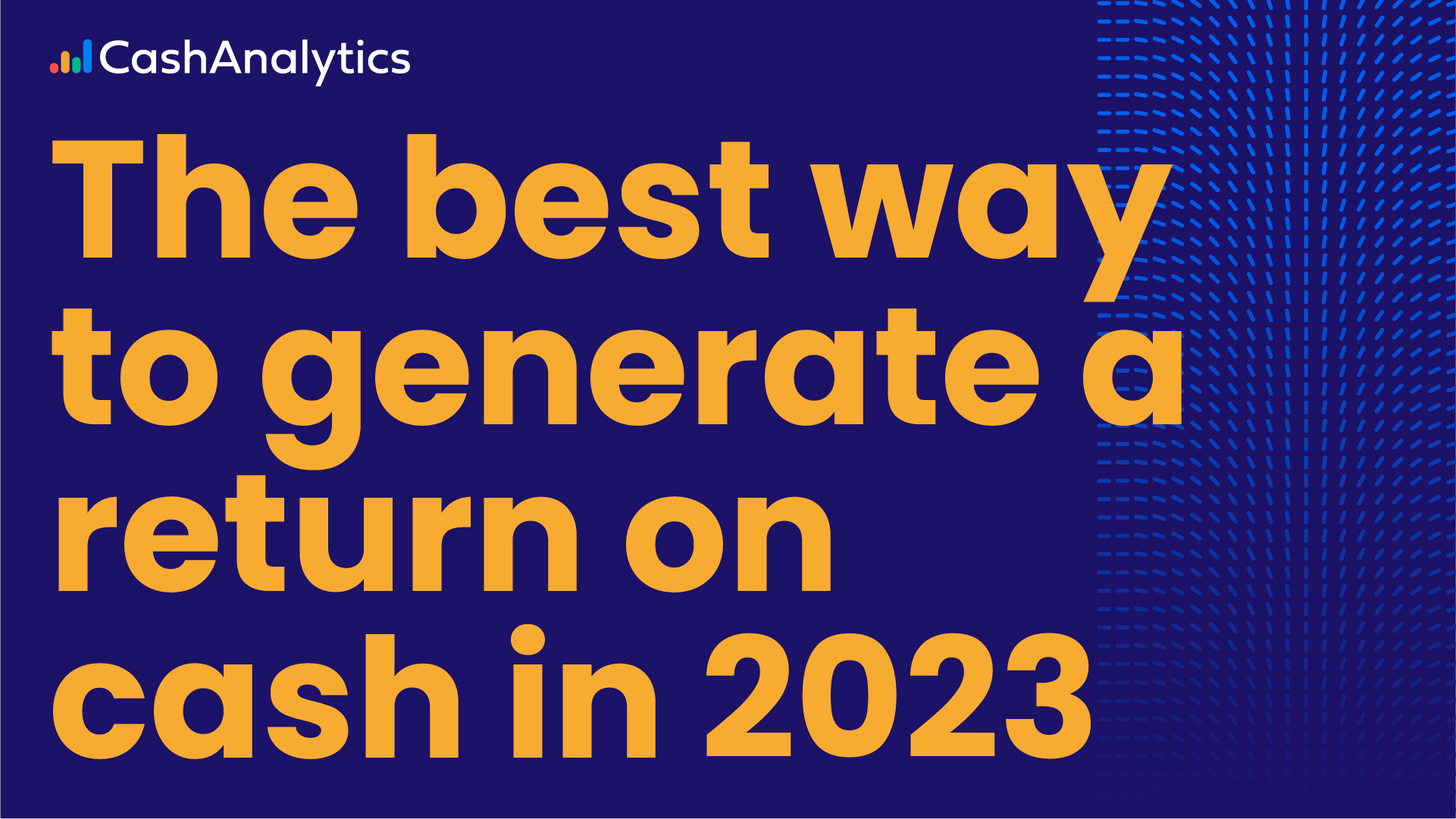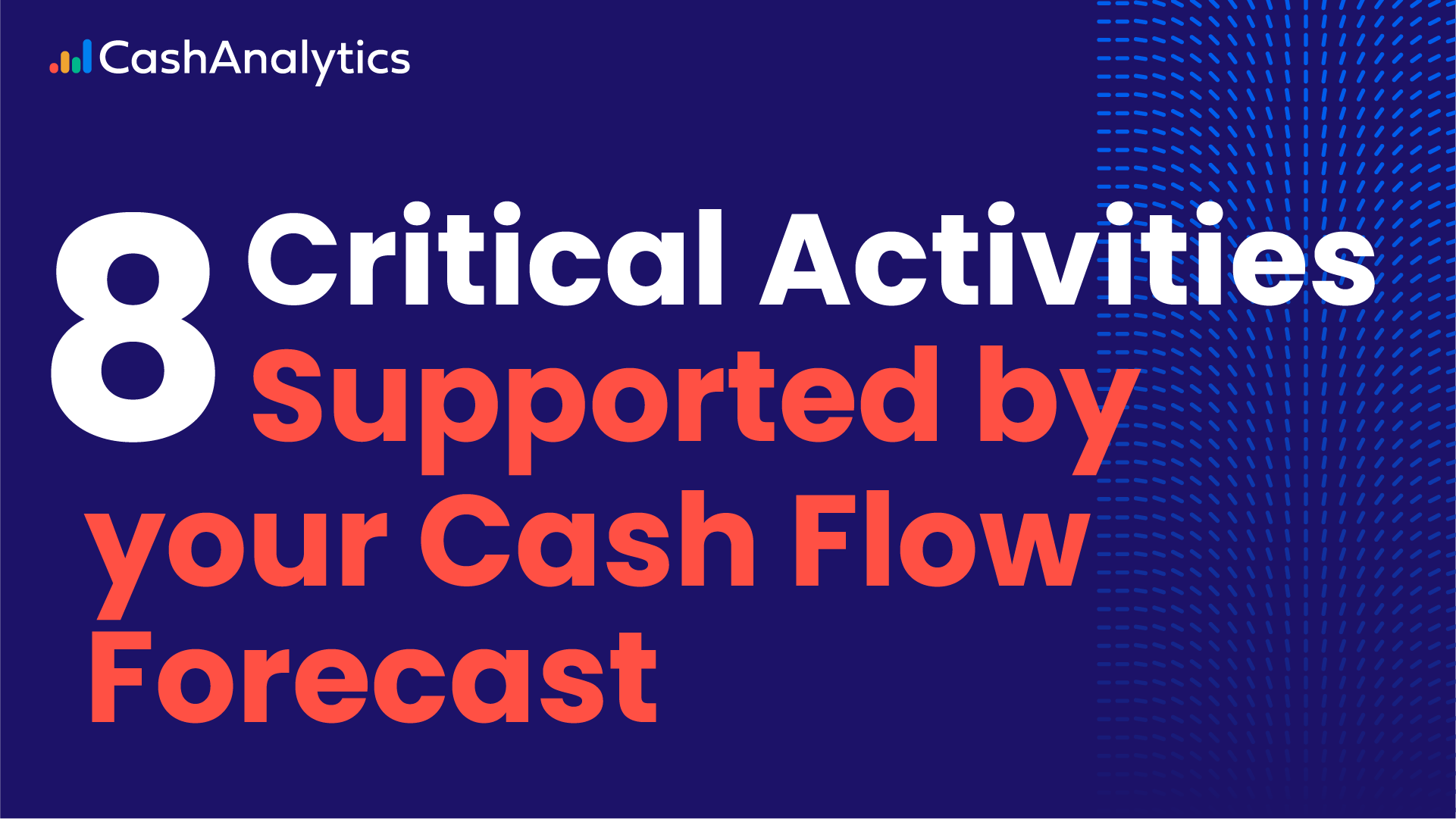
As machine learning, artificial intelligence, and automation transform the finance function, teams are finding new ways to enhance decision support and strengthen their organisations’ competitive advantage.
With more organisations recognising the potential of data to drive business development and growth, expectations of finance are shifting. Teams are beginning to focus on activities like scenario planning and predictive analytics rather than simply reporting the numbers. New technologies can deliver cost-effective, time-saving benefits, streamlining routine processes and releasing teams from menial, administrative tasks to focus on higher-value activities that enhance their contribution across the organisation.
How are companies using these new technologies?
Deliveroo’s group treasurer recently explained how an API (Application Programming Interface) solved problems with the company’s high-volume payments processing, improving visibility across the business and making life easier for the customer service team.
“The API enables you to initiate payment, but at the same time receive payment status on a regular basis in your internal workstation. You create visibility for the rest of the business – particularly in our case our customer service – you know if the cash has been processed and if the riders and the restaurant have received the money,” Deliveroo’s group treasurer Imane Aztout told Eurofinance.
How will Artificial Intelligence (AI) affect corporate treasury?
In treasury, AI can improve oversight of trading activities, making it easier to monitor markets and capture signals from sources that might not otherwise be available. Up to now, if an organisation traded in multiple jurisdictions, traders would have to contact multiple liquidity providers to find the best price for a trade. Today’s e-trading platforms streamline this process, providing fast, easy access to prices from multiple providers and making it easier for treasurers to discover and select the best price for their trades.
When preparing for board meetings, where days are often spent anticipating the various questions that may be posed by board members, commentators highlight the potential of AI-enabled digital assistants to allow CFOs find answers in real-time in the boardroom in much the same way that consumers rely on Siri or Alexa to find information rapidly today.
In compliance, AI can scan and analyse legal, risk and compliance documentation, helping organisations keep abreast of changing regulatory requirements. To take a recent example, last year six major global banks adopted a trade compliance platform that expands their ability to comply with MiFID II regulations. The platform, launched by Droit Financial Technologies, provides the current and complete digitised machine-readable MiFID II rule text and machine-executable implementation, “enabling complete verification and auditability of every trading decision, including traceability to the letter of the law”.
How do these new technologies affect cash forecasting?
Cash forecasting is another area where automation is delivering practical benefits. Daily, weekly, and monthly monitoring across all regions helps treasury teams optimise cash flow performance and avoid shortfalls while better access to data from existing sources, such as internal TMS, ERP and bank systems, can substantially improve the quality of cash forecasts.
Artificial intelligence (AI) can make it easier to uncover and resolve discrepancies such as customer payments that don’t match existing transactions while the ability to monitor large amounts of data from multiple internal and external sources (such as historical information or details of disputed invoices as well as credit ratings and interest rates) can provide early warning of potential problems that might otherwise go unnoticed.
Does technology improve analytics?
KPMG cite the example of a company using analytics to improve payment collections.
“Rather than relying on conventional methods to prioritize accounts for collection, such as days past due or the size of the account, the company is now able to prioritize collections based on a range of factors that signal likelihood to pay within a given time frame. The system allows senior management team members to drill down on targeted accounts to identify the sales representatives associated with them, and it provides an automated system to notify reps by email that their help with collections may be required. By using analytics to refine their collections targeting, the company has not only been able to improve its DSO performance but also to minimize the amount of sales time and effort it diverts to collections.”
Donny C. Shimamoto, Managing Director, Intraprise TechKnowlogies points out the benefits that machine learning can deliver in the control function when classifying transactions.
“Inductive reasoning could be applied to the source data of historical transactions to help “predict” the classification of additional transactions as they are recorded. Since the products of many vendors have a fairly consistent natural classification, for the most part this is ok. However, there are some vendors that could be placed in different natural classifications depending on how their product is used.”
Shimamoto adds that depending on the materiality of the potential error, human validation of the classification of vendors may be necessary.
Will these technologies affect how data is stored?
Bloomberg’s Head of Machine Learning Gary Kazanstev recently highlighted that machine learning is not confined to structured data like prices or economic statistics but can leverage unstructured data mined from new sources of information, like GPS coordinates and social media.
“In text analysis, we are figuring out how to determine whether a CEO is being evasive on a conference call … And it’s not just from audio – you can ascertain this from text now as well.”
As awareness of the benefits of automation, machine learning and artificial intelligence grows, a question that is asked is will these developments pose a risk for finance and treasury teams?
How will machine learning, artificial intelligence, and automation affect team dynamics?
Some experts, such as David He and Venessa Guo of the Boston Consulting Group, say that while some jobs may be replaced, new opportunities will be created. Others, such as US toymaker Mattel’s treasurer, Mandana Sadigh, argue that machines cannot replace the strategic insight of humans.
“While I have a lot of respect for systems like artificial intelligence and robotics, I do not consider treasury operations as purely an activity-based role. Treasury is not about processing check and reconciling bank accounts. It is a strategic role requiring one to dig into the business and understand it … Your insight as an individual makes a difference,” Sadigh told Eurofinance.
Put simply, automation, machine learning, and AI technologies will promote and reinforce treasury as strategic partner within the organization by enabling them to focus on the strategic and analytical activities that add real value to the business.
Will this create a skills gap?
What is clear is that expectations are rapidly shifting and teams will need to acquire new skills as organisations seek greater value from data. It is up to business leaders to focus resources on the highest value activities. This will likely mean recruitment and training programmes to help bridge the business analytics skills gap.
The Association of International Certified Professional Accountants predicts that expertise in areas such as data analytics, cyber risk management and business modelling will become increasingly important over the next three years as machine learning, artificial intelligence, and automation continue to transform the finance function.
About CashAnalytics
As a dedicated cash flow forecasting software provider, CashAnalytics use a range of these new technologies to improve our clients’ cash forecasting processes.
If you would like to see a demonstration of our software, where we can run through exactly how these technologies can really benefit treasury and finance teams, please contact us directly.



